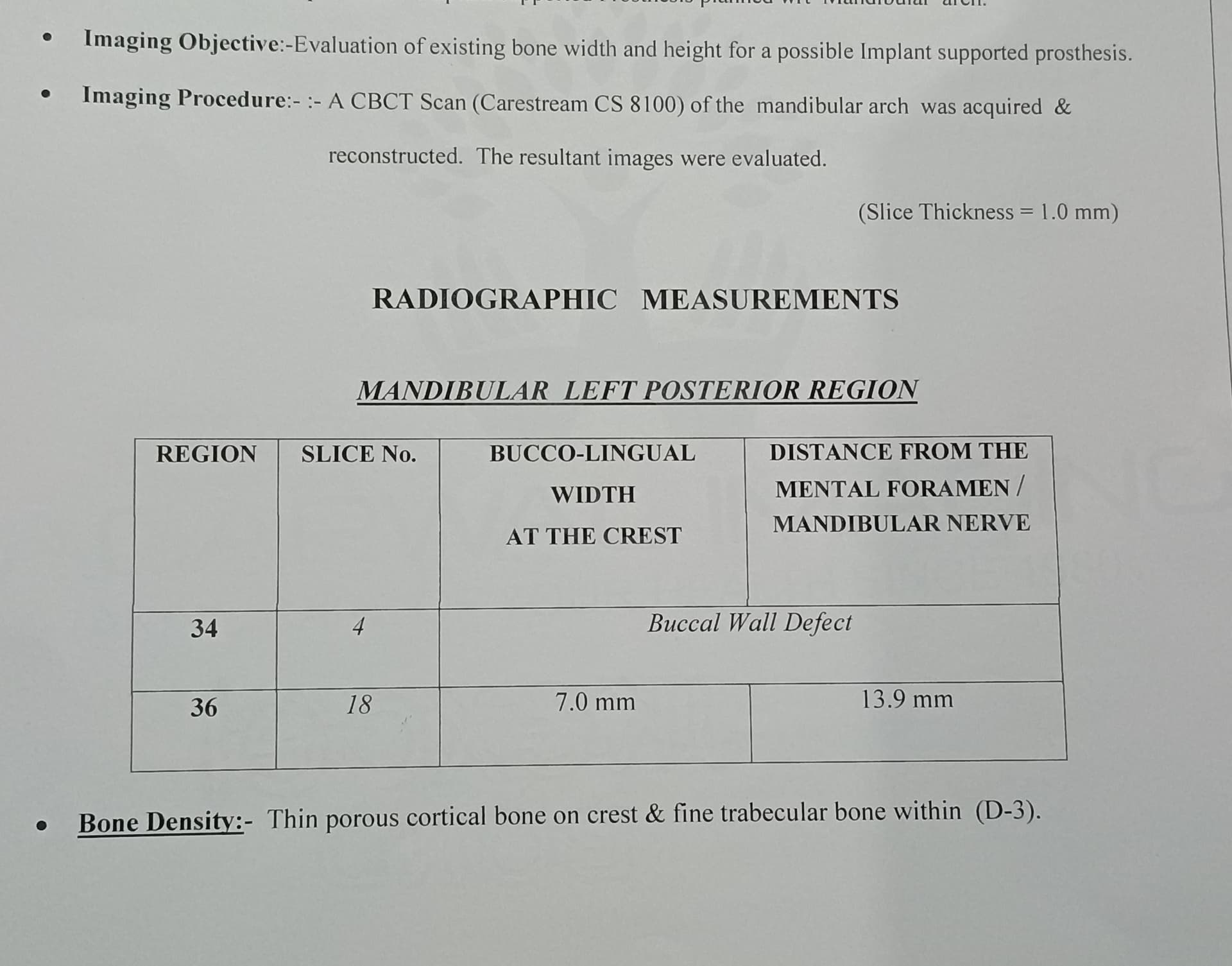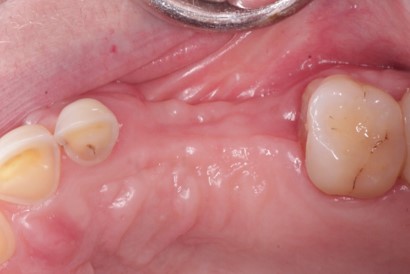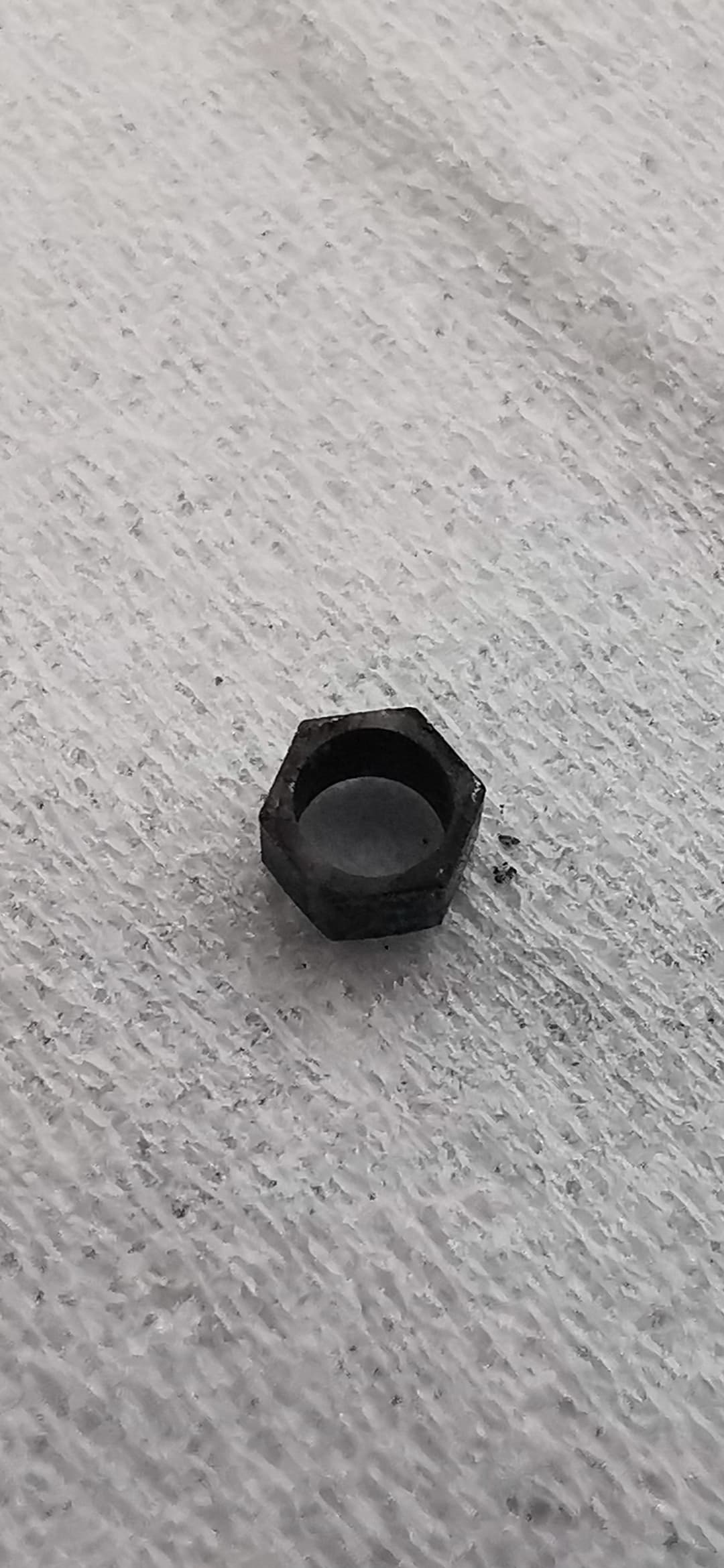Maxillary molar implants: indirect sinus lift ?
This case involves a 56 year old male patient missing molars in his maxillary left quadrant. There are two options here. As can be seen on the OPG and 3D CBCT report, I can place a 4.2x8mm implant in 26 site and a 5×6.3mm implant in 27 site. The implants would be 1.5mm apart and this would leave a space of about 1mm from the maxillary sinus. Alternatively, I can do an indirect sinus lift with bone grafting and place 11mm or longer implants. What would you recommend? Are there other treatment options? Thank you.













12 Comments on Maxillary molar implants: indirect sinus lift ?
New comments are currently closed for this post.
Richard Malloch
12/26/2017
No need to do any sinus augmentation in my opinion. Maybe consider splinting the final crowns together if there are factors such as bruxism to consider. Also, ISQ measurements at the time of impression-making would be advisable to ensure they are integrated.
Jeffrey puglese
12/26/2017
I would go with the shorter implants and don’t worry about impacting the sinus
Adibo
12/26/2017
Nothings wrong with using short implants as you have planned. I would perhaps reconsider 27 if the implant can not be placed with enough stability due to too little bone height. The elongated antagonist molars may also interfer with 27. I am sure you have checked there is enough interocclusal space for 27.
With regards to any sinus lift and grafting, I don’t think there would be any need for it when you can use short implant/s here. Secondly, the sinus mucosa is thickened that needs to be treated first if any grafting has to be carried out.
Miguel Martinez
12/26/2017
First off, great planning.
I’d go with ones you planned above, bridged.
Too easy
Jorge
12/26/2017
Possibly have an ENT evaluate the sinus if you decide to proceed with indirect sinus lift.
Paul
12/26/2017
The laws of mechanics provide that the greater the surface area of the retentive part of the "structure" the greater the mechanical properties of that entity. How one decides to go about submerging an implant in bone is his/hers individual choice. Ultimately he who provided the service will be responsible for the outcome. Implants are designed with minimal dimensions to meet the standards of surface area submerged in bone and I assume it takes into consideration the least retentive quality of the bone. From that perspective one can justify the use of short, larger diameter implants but in terms of liability to the person the service was provided there are no formulas. We need to remember that many times after placing an implant the bone level drops somewhat. If that is also taken into consideration remains unknown. A 6mmm implant that lost 1 mm of bone after implantation, lost about 16.5% retention. Is that significant?
Larry Meyer
12/26/2017
This is a perfect case for AnyRidge implants by ids Megagen . Go to their website and see the cases. If used with osseodensification burs by Densah you will have a winning combination .
John S Keadle DDS
12/26/2017
I suggest fatter and longer implants in both areas with a simultaneous lateral sinus augmentation. I don't think you have enough bone/implant surface for molars.
Alex Zavyalov
12/26/2017
The coronal CBCT planes don't have any lower molar images to establish the correct implant insertion path/angulation. In this case the planned implants are too perpendicular which will result in wrong occlusion during restoration.
Carlos Boudet, DDS
12/27/2017
There is sinus disease evident. If it was my mouth, I would like longer implants. I think an evaluation by an ENT, with a course of antibiotics and obtaining clearance after treatment to do an internal sinus lift is the best treatment that I can offer this individual.
Good Luck!
Bülent Zeytinoğlu
12/27/2017
Dear Dr . I will humbly add some idea to your treatment plan .From the x ray I can see the thickening of sinus membrane which is a sign of chronic sinusitis or a cyst in the sinus cavity which I think must evaluated before every thing. Secondarily if every thing is okey inter occlusal distance and the oclusal area of the lower antogonist theeth must be seen so the theeth of the bridge or the crowns that are going to be fabricated be planned accordingly.Sorry but I cannot believe that such short implants what ever their diameters are will not be able to carry big mustication forces that quadrant of the mouth.
Dr. Lazar zychlinski
12/27/2017
Dear Dr. instead of going with so much trouble leave the patient on this side chewing with only first molar. He was without the 2 molars anyway. Give the patient the comfort of chewing without going into more surgical procedures.


















